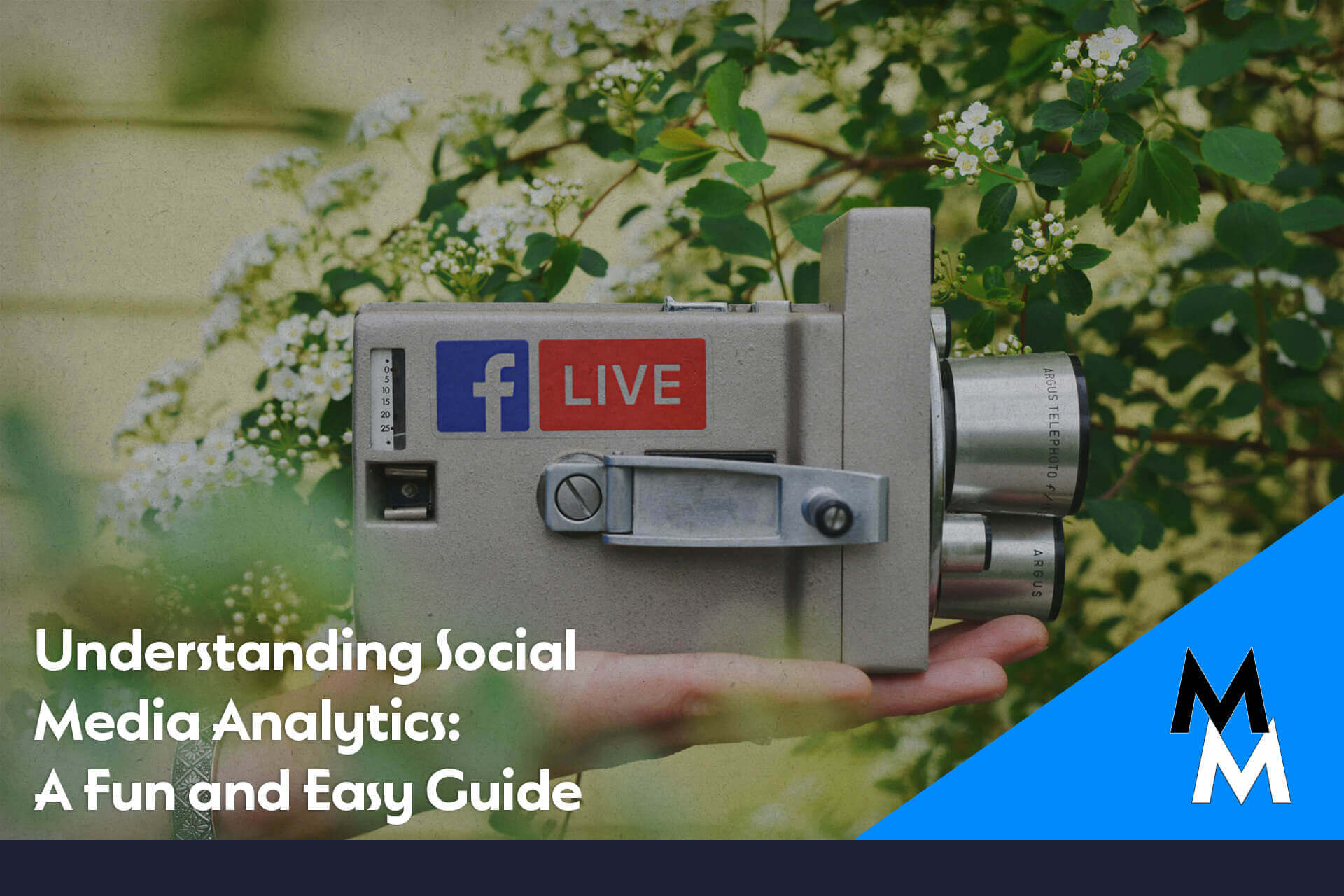Interpreting social media analytics can feel like cracking a secret code, but it doesn’t have to be complicated. Whether you’re a small business owner or a social media manager, understanding these metrics can help you boost engagement and drive your brand forward. In this guide, we’ll break down the basics of social media analytics and show you how to make the most of your data.
Why Social Media Analytics Matter
Social media analytics are crucial because they provide insights into your audience’s behavior, preferences, and engagement with your content. By understanding these metrics, you can tailor your strategies to meet your audience’s needs and improve your overall performance.
Boosting Engagement
Engagement metrics tell you how your audience interacts with your content. These include likes, comments, shares, and clicks. High engagement rates indicate that your content resonates with your audience, while low engagement might suggest it’s time to rethink your strategy.
Improving Content Strategy
By analyzing which posts perform best, you can identify trends and preferences among your audience. This helps you create more of the content they love and less of what they don’t, optimizing your content strategy over time.
Key Social Media Metrics to Track
Engagement Metrics
Likes and Reactions
Likes and reactions are the most basic form of engagement. They show that your audience appreciates your content, but they don’t provide much insight beyond that. However, a high number of likes can still be a good indicator of popular content.
Comments
Comments indicate that your content is sparking conversations. Pay attention to the nature of the comments—are they positive, negative, or asking questions? This feedback can guide your future content and engagement strategies.
Shares
Shares are a powerful metric because they indicate that your audience finds your content valuable enough to share with their own network. This can significantly expand your reach and introduce your brand to new potential followers.
Reach and Impressions
Reach
Reach refers to the number of unique users who have seen your content. It’s an important metric because it shows how far your content is spreading.
Impressions
Impressions count the total number of times your content is displayed, whether it’s clicked or not. High impressions with low engagement might suggest that your content isn’t resonating with your audience, prompting a need for adjustment.
Click-Through Rate (CTR)
CTR measures the number of clicks your content receives divided by the number of impressions. A high CTR indicates that your content is compelling and encourages users to take action.
Conversion Rate
Conversion rate tracks the percentage of users who complete a desired action after clicking on your content, such as making a purchase or signing up for a newsletter. This metric is crucial for understanding the effectiveness of your social media campaigns in driving business goals.
Interpreting Analytics Across Different Platforms
Page Insights
Facebook’s Page Insights provides a comprehensive overview of your page’s performance. Key metrics include post reach, engagement, and page likes. Pay attention to the “Posts” tab to see which content types perform best.
Audience Insights
Audience Insights helps you understand the demographics and interests of your followers. This information can guide your content creation and targeting strategies.
Instagram Insights
Instagram Insights offers data on your posts, stories, and overall account performance. Key metrics include reach, impressions, and engagement. Use the “Content” tab to see which posts are driving the most engagement.
Stories Analytics
Instagram Stories Analytics provides insights into the performance of your stories, including reach, impressions, and exit rates. High exit rates might indicate that your stories aren’t engaging enough, while high completion rates suggest compelling content.
Twitter/X
Twitter Analytics
Twitter Analytics offers a detailed view of your tweet performance, including impressions, engagement, and profile visits. Use the “Tweets” tab to analyze which tweets are driving the most engagement and adjust your strategy accordingly.
Follower Insights
Follower Insights provides demographic information about your followers, helping you tailor your content to their preferences and interests.
LinkedIn Analytics
LinkedIn Analytics provides insights into your page’s performance, including visitor metrics, update engagement, and follower demographics. Pay attention to the “Content” tab to see which posts are driving the most engagement.
TikTok
TikTok Analytics
TikTok Analytics offers data on your video performance, including views, likes, shares, and comments. Use this information to identify trends and create more of the content your audience loves.
Making Data-Driven Decisions
Setting Goals
Use your social media analytics to set SMART goals (Specific, Measurable, Achievable, Relevant, Time-bound). For example, aim to increase your Instagram engagement rate by 10% over the next three months.
Adjusting Strategies
Regularly review your analytics and adjust your strategies based on your findings. If certain types of posts perform better, create more of that content. If engagement drops, experiment with different formats and topics.
Leveraging Tools
Consider using tools like SEMRush for advanced analytics and competitor analysis. These tools can provide deeper insights and help you stay ahead of the competition.
Conclusion
Understanding and interpreting social media analytics is essential for any business looking to thrive online. By tracking the right metrics and making data-driven decisions, you can boost your engagement, improve your content strategy, and achieve your social media goals. Ready to take your social media game to the next level? Contact Macel Marketing today and let us help you make sense of your data.
For more tips and insights, check out our other blog posts on Ad Copywriting and Design, Content Creation and Curation, and Performance Tracking and Reporting. And don’t forget to explore our Social Media Marketing & Management services to get the most out of your social media efforts.





